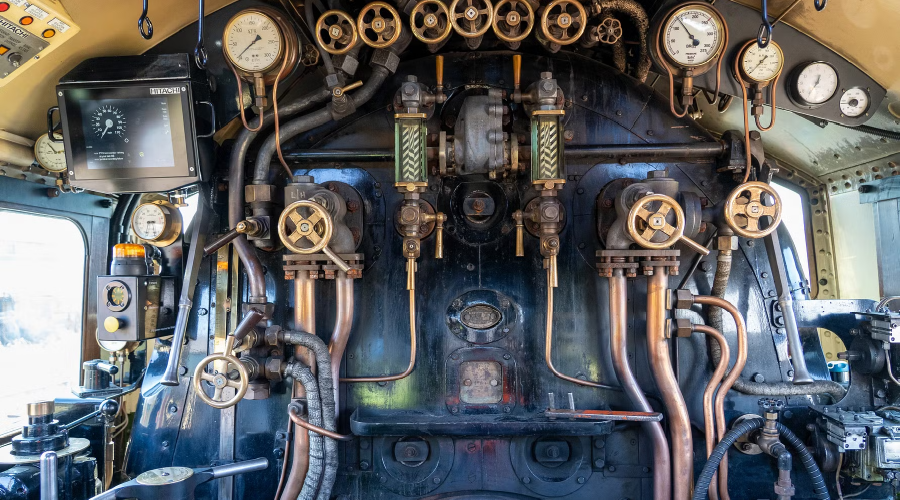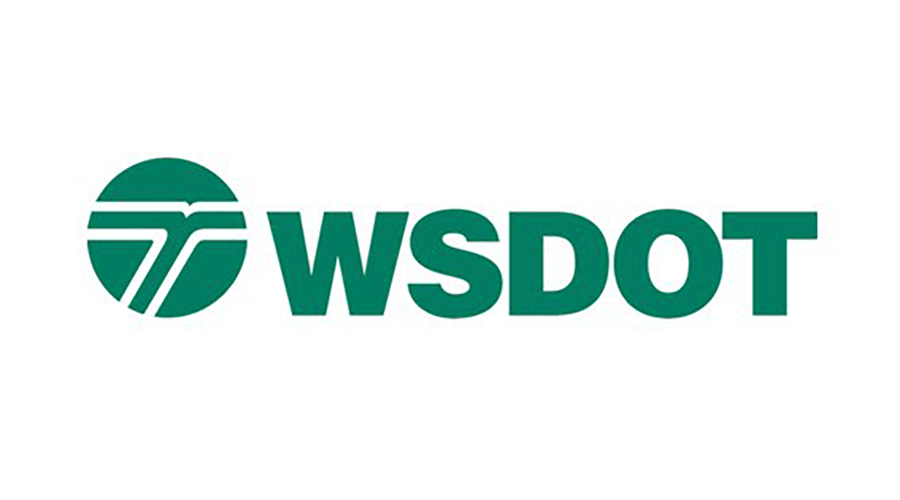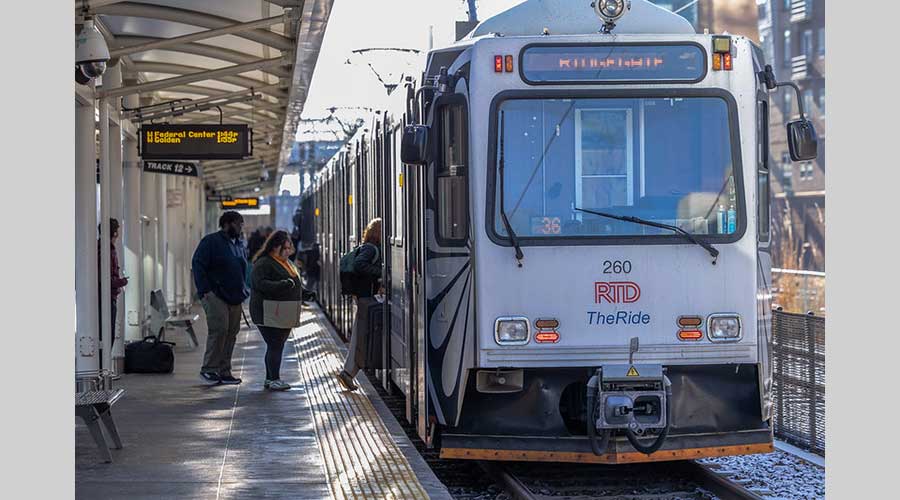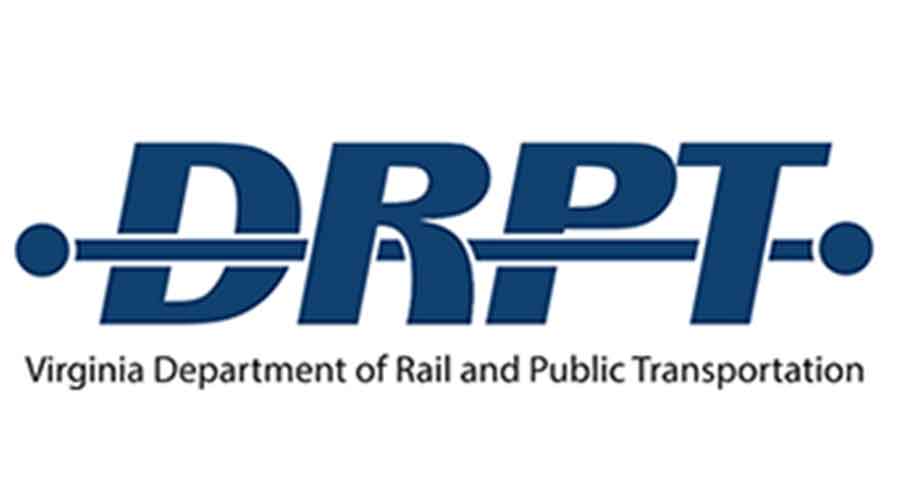Stay updated on news, articles and information for the rail industry
12/8/2023
Rail News: Passenger Rail
FRA awards $8.2B for passenger-rail projects, selects 69 corridors for future service planning
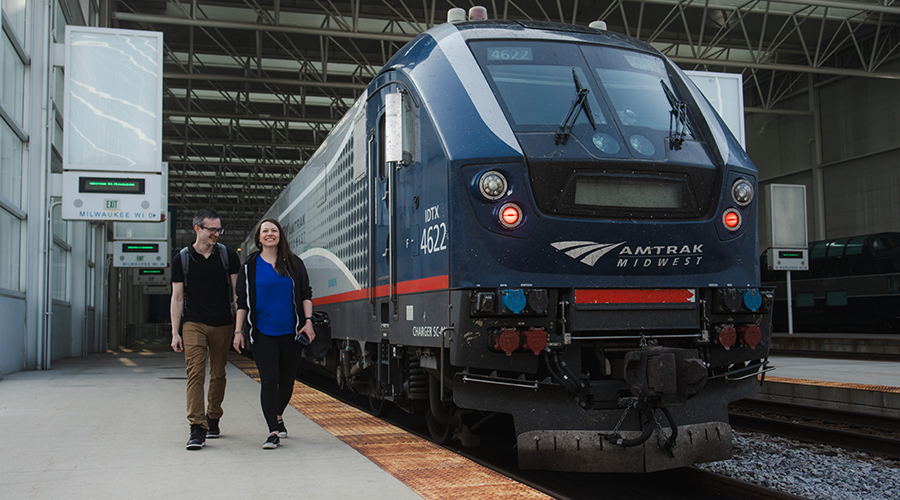
The Federal Railroad Administration today announced it awarded $8.2 billion for passenger-rail projects nationwide, and announced passenger-rail corridor planning activities that will impact every region across the country.
The 10 projects announced for grant funding under the Federal-State Partnership for Intercity Passenger Rail Program will advance two high-speed rail corridors and fund improvements to existing rail corridors for expanded service and performance, FRA officials said in a press release.
Projects receiving funding through the federal-state program will:
• help deliver high-speed rail service in California's Central Valley;
• create a new high-speed rail corridor between Las Vegas, Nevada, and southern California, serving an estimated 11 million passengers annually;
• make major upgrades to existing conventional rail corridors to better connect northern Virginia and the Southeast with the Northeast Corridor;
• expand and add frequencies to the Pennsylvania Keystone Corridor between Philadelphia and Pittsburgh;
• extend the Piedmont Corridor in North Carolina north, as part of a higher-speed connection between Raleigh and Richmond, Virginia;
• invest in Chicago Union Station, as an initial step toward future improvements to the critical Midwest corridors hub; and
• improve service in Maine, Montana and Alaska.
A list of the projects selected for funding can be viewed here.
The FRA also announced 69 passenger-rail corridor selections across 44 states through the new Corridor Identification and Development Program, which was created by the Infrastructure Investment and Jobs Act (IIJA) of 2021. The selections were awarded up to $500,000 for further study and planning activities.
The Corridor ID program aims to drive future passenger-rail expansion. This first round of selections aims to upgrade 15 existing rail routes, add or extend service on 47 new routes, and advance seven new high-speed rail projects, creating a pipeline of intercity passenger-rail projects ready for implementation and future investment, FRA officials said.
The FRA will work with states, transportation agencies, host and operating railroads , and local governments to develop and build passenger-rail projects "faster than before," officials said.
The IIJA "gave us a once-in-a-generation opportunity to think smart and think big about the future of rail in America, and we are taking full advantage of the resources we have to advance world-class passenger rail services nationwide," said FRA Administrator Amit Bose.
Examples of planning and development activities selected include:
• new high-speed rail service in the Cascadia High-Speed Rail Corridor between Oregon, Washington and British Columbia;
• new high-speed rail service between Dallas and Houston;
• new and upgraded Midwest Chicago hub corridors;
• new service between the Twin Cities and Duluth, Minnesota;
• new service from Fort Collins to Pueblo, Colorado, with intermediate stops at Boulder, Denver and Colorado Springs;
• new service between Phoenix and Tucson, Arizona, with multiple daily frequencies;
• new service connecting Baton Rouge and New Orleans, Louisiana;
• new connections between the Northeast Corridor and northern Delaware and Reading and Scranton, Pennsylvania;
• expanded connections and increased frequencies within California’s extensive conventional rail network;
• expanded connections and service in Florida’s intercity rail network between the key travel markets of Tampa, Jacksonville, Orlando and Miami;
• new service between Atlanta and Savannah, and from Atlanta to Nashville and Memphis via Chattanooga; and
• restoration of service between Chicago and Seattle, Washington, through multiple rural communities in North Dakota and Montana that are currently not served by passenger rail.
The new and upgraded Midwest Chicago hub corridors include:
• daily, multifrequency service from Chicago to Indianapolis;
• increased frequencies from Chicago to Milwaukee to the Twin Cities, with an extension to Madison, Wisconsin;
• improved service and increased frequencies from Chicago to Detroit, with an extension to Windsor, providing a direct connection to Canada’s high-speed rail network; and
• a comprehensive plan for the Chicago terminal and service chokepoints south of Lake Michigan benefiting all corridors and long-distance trains south and east of Chicago.
The Corridor ID selections can be viewed here.
The funding announced today is in addition to the $16.4 billion investment that President Biden announced last month for 25 projects to improve passenger-rail infrastructure and service along Amtrak’s Northeast Corridor.
Contact Progressive Railroading editorial staff.


 2025 MOW Spending Report: Passenger-rail programs
2025 MOW Spending Report: Passenger-rail programs
 Gardner steps down as Amtrak CEO
Gardner steps down as Amtrak CEO
 Guest comment: Oliver Wyman’s David Hunt
Guest comment: Oliver Wyman’s David Hunt
 Women of Influence in Rail eBook
Women of Influence in Rail eBook
 railPrime
railPrime




